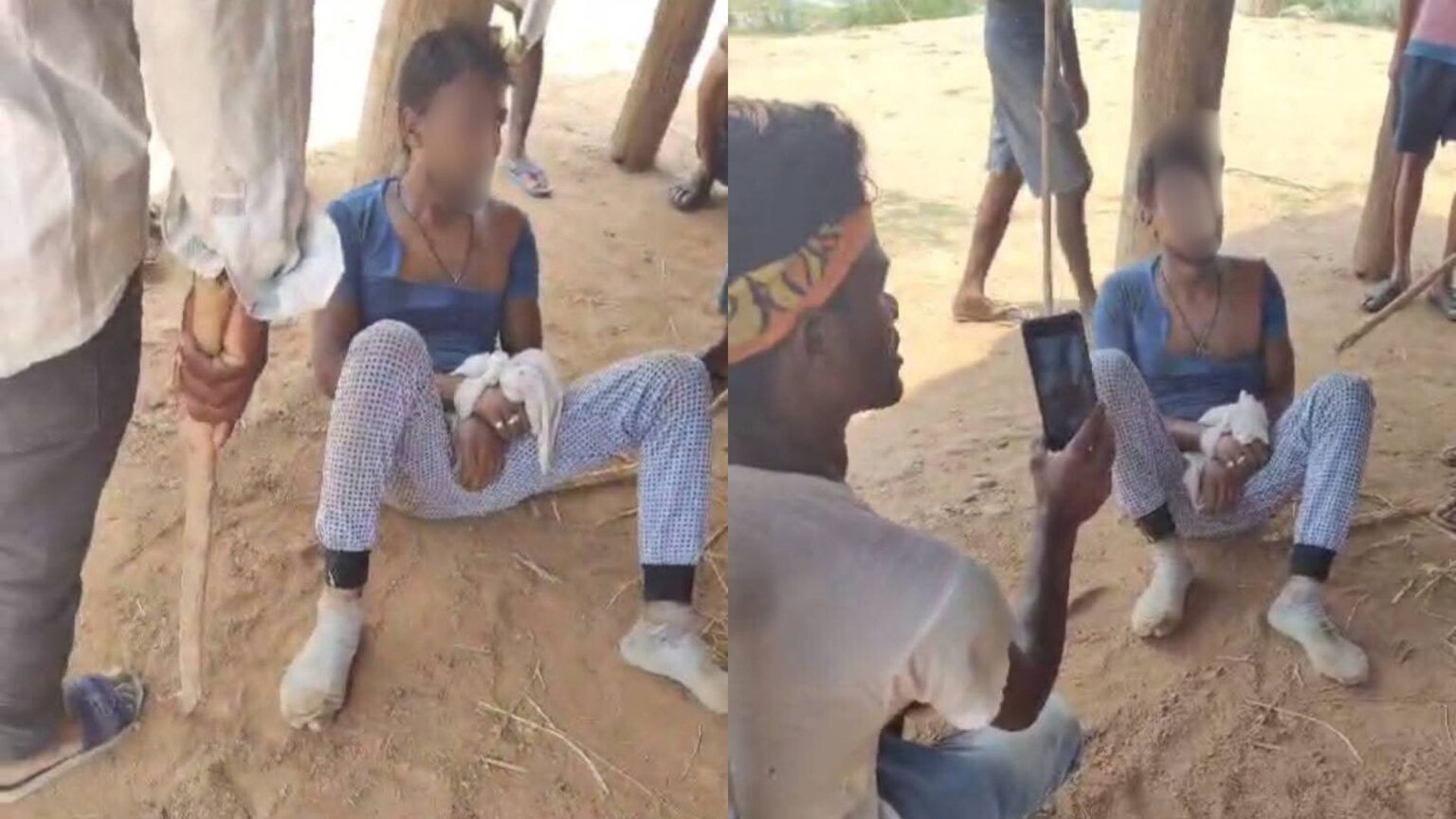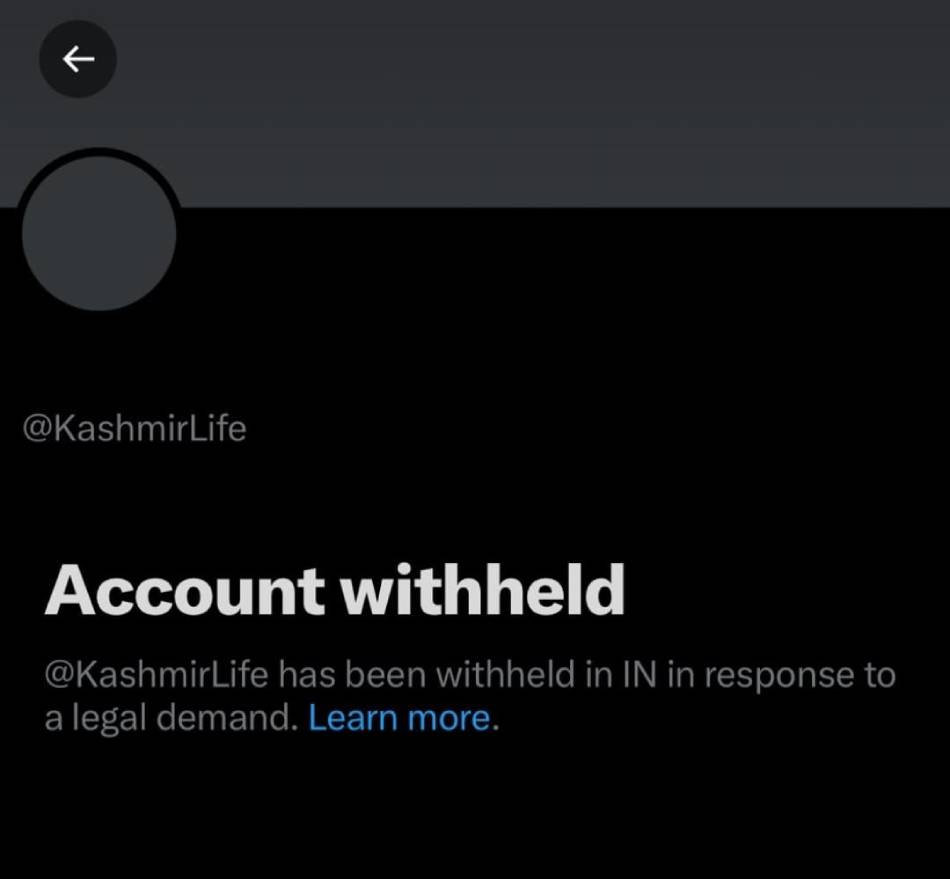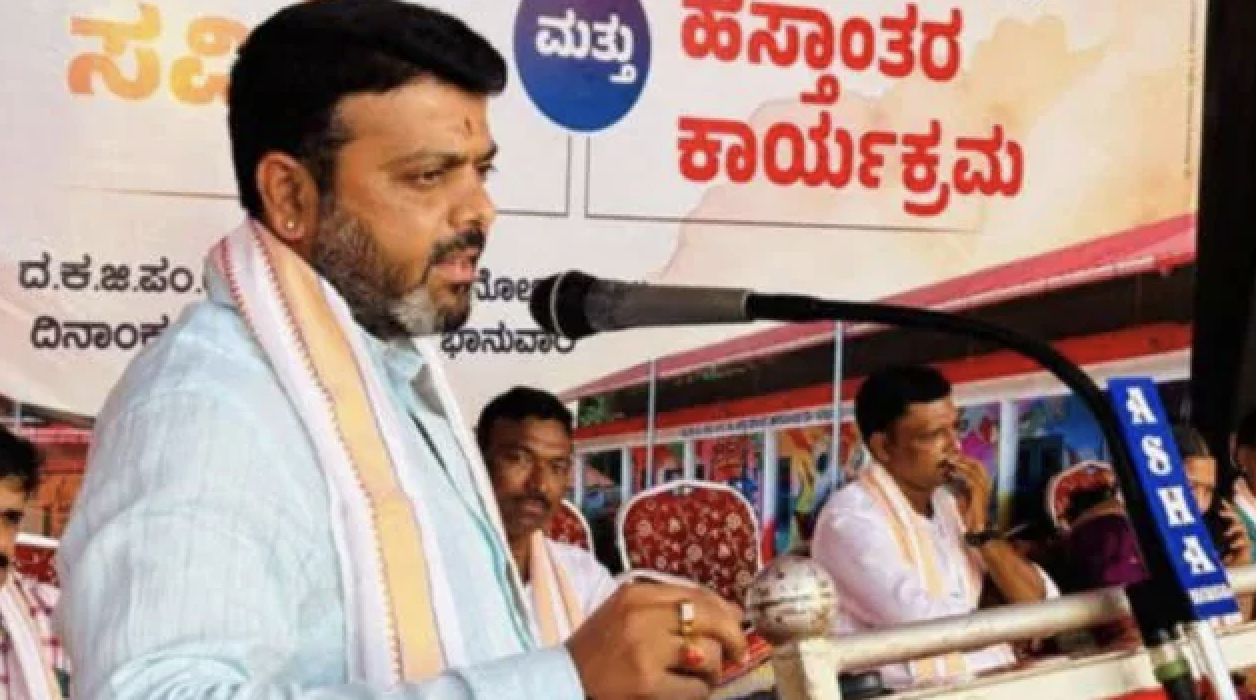
By DIVYA TRIVEDIVENKITESH RAMAKRISHNAN / Frontline The Hindu
Vishwambhar Nath Mishra, the mahant (head priest) of Sankat Mochan Hanuman Mandir, one of the oldest temples of Varanasi in Uttar Pradesh, sees the current controversies surrounding the Gyanvapi masjid, including the ‘discovery’ of a Shivling in the water tank and the court cases that have come up in that context, as an attempt to disrupt the city’s centuries-old syncretic culture. “This culture is the essence of this place. This is one of the world’s most ancient cities. The renowned writer Mark Twain had said that Varanasi is ‘older than history, older than tradition, older even than legend’. So, everything that exists in this holy city is new, in one way or the other,” said Mishra, who is also a professor of Engineering at the Benares Hindu University (BHU). “Then what is the logic in saying something replaced something else? Things have constantly evolved here for nearly 5,000 years, and several streams of thought, culture, and social and religious influences have coexisted. All I see now is an effort to undermine this culture, its values, and coexistence. It has been an ongoing project over the past few years, but now it seems to be gathering greater momentum.”
Sankat Mochan Hanuman Mandir is where Sant Thulidas stayed while writing the Ramcharitmanas and the Hanuman Chalisa in the 16th century. Mishra stated that many of the slogans that had been raised following the so-called discovery of the Shivling were farcical. “The slogan says, ‘Baba Mil Gaya’ (We have got Baba, or Lord Siva). Does that mean the Baba was not here earlier? Indeed, every entity in this holy city is here because of Baba’s divine sanction. That has been the case for centuries. So, to say that you have suddenly discovered the Baba is an insult to the immortal divine presence.”
Several observers of the temple town agree with Mahant Mishra in this regard While the city has gradually fulfilled the colonial project of it being presented as a unidimensional Hindu pilgrimage centre, it was historically a multireligious region. Not too far away, at Sarnath, the Buddha delivered his first sermon. The poet Mirza Ghalib wrote a fantastic masnavi on Benaras in Persian titled Charagh-e-Dair or Lamp of the Templed. He described Benaras as India’s Ka’aba (Hama na Kaaba-e-Hindustan ast). Certainly, Muslims are unlikely to disappear from the city any time soon.
Christopher R. Lee, in his essay “The Alleyways of Banaras and the Ka’ba of Hindustan”, in the book Banaras: Urban Forms and Cultural Histories (edited by Michael S. Dodson), notes that Muslims have lived in Varanasi since the 13th century.
He writes: “As Abdul Bismillah, the author of Jheeni Jheeni Beeni Chaduriya (A Shawl Woven of Fine, Fine Threads) describes it, there are many societies and cultures within Banaras. Many non-residents are surprised to discover that many of these are Muslim, or are ones in which Muslims take an active part. Banaras is made up of more than 350 muhallas, or neighbourhoods, many of which are primarily or partly Muslim. Varanasi is justifiably known as the city of temples—the “idol house of idol houses” according to one local poet—yet there are over 1,400 mosques and shrines frequented by Muslims. Although the only mention of Banarsi Muslims in most guidebooks and even history texts is as destroyers of temples, Muslims have had and continue to have a significant role in the economic and cultural life of the city.”
MOORTHY RV
With this historical background in mind, Mishra is convinced that this flagrant violation of the spirit of Varanasi is not accidental and is intended to impose a sectarian hegemony on the city and, through it, on other parts of the country. Mishra also sees a lot of forces coming together in this plot, including those from diverse streams as politics, religious outfits, the executive and even sections of the judiciary.
‘Ganga corridor’
There are several takers for Mishra’s views among all communities in Varanasi. Naveen Rai, who runs a small shop in a bylane near the Gyanvapi masjid and the Viswanath Mandir, said that as someone who has made a living in Varanasi for 40 years, he can sense the foreboding changes that have happened in the city over the past five years. “There was a difference in mood starting from 2014, but the stress on everyday life became more palpable since 2018, when the government and its agencies started demolishing over a hundred structures, including heritage buildings and temples around them, in the name of beautifying Varanasi and making the ‘Ganga corridor project’,” he said. The Ganga corridor project, is incidentally Prime Minister Narendra Modi’s pet project in his Lok Sabha constituency; it was completed in December 2021.
Diwaker, a social activist and research scholar at BHU, observed that the demolition of houses and other structures for the Ganga corridor project created a sense of fear in the local population, and that has persisted for the past five months. “The Assembly election results of March 2022 have certainly emboldened the administration and its political masters in the Bharatiya Janata Party and other organisations associated with the Rashtriya Swayamsewak Sangh to make even more blatant moves trampling on the property and individual rights of the people,” a BHU student who was with his university friends told Frontline without wanting to be named. This group of students echoed Mishra’s observation about the convergence of disparate forces in favour of the Sangh Parivar agenda, right from those in the executive, the media and sections of the judiciary.
Signals from the ground seem to be indicating as much. Even though the Kashi Vishwanath temple-Gyanvapi mosque case is sub judice and the court is yet to go through all the evidence and pronounce a verdict, large sections of the media have begun a trial in the court of public opinion. While the court-appointed commission submitted its survey report in sealed boxes to district civil judge Ravi Kumar Diwakar on May 19, the mainstream media were flush with details and photographs of Hindu symbols and idols claiming to be part of the survey taken from inside the Gyanvapi mosque complex. This bolstered the Hindu petitioners’ assertion that a temple was present at the site and provided an impetus to their campaign.
Myth-making in progress
Myth-making is in full swing, supported by the media, without an attempt to verify the claims being made. Interestingly, two days before the submission of the report, the court had removed Ajay Kumar Mishra as the chief of the survey team following accusations by the mosque committee as well as his colleague Vishal Singh that the photographer appointed by Ajay Kumar Mishra was leaking information to the media.
The court replaced him with Vishal Singh as the Special Advocate Commissioner. After the images of Hindu motifs began to emerge in the media, Vishal Singh went on record stating that he had not shared the report with the media. And yet portions of the report seem to have been leaked and made their way into the mainstream media and social media. Whether these are from the report or not cannot be verified at the moment. Until May 25, S.M. Yaseen, general secretary of the Anjuman Intizamiya Masjid Committee, had not been able to obtain a copy of the report from the court.
The Hindu side, especially the Vishwa Hindu Parishad, has claimed that a Shivling, trishul, lotus engravings, kalash (pitcher), ancient Hindi language, and sundry other Hindu motifs have been found on the pillars in the basement of the mosque. Some of the details being shared are stark. For example, a 2.5-foot black cylindrical stone-shaped figure was found at the bottom of the wazu khana, or ablution tank. On it was a circular white stone with a diameter of 4 feet. The petitioners representing the Hindu women in the case claimed that this was the Shivling, while the mosque committee refuted this claim, saying that it was only a fawwara (fountain).
S.M. Yaseen does not want to be too vocal about the context and issues relating to the new controversy around Gyanvapi, because he and his associates are deeply involved in the court battles. He is hopeful that the judicial system will do justice in the cases, even as he points to the Sangh Parivar’s game plan to repeat an Ayodhya-like situation in Varanasi. (See interview.)
Muslim apprehensions
Despite the Muslim side’s reluctance for a formal response, murmurs and apprehensions are widely expressed in private. While most of them are concerned about the media trial, the role of the judiciary has also come into question, albeit on a smaller scale. One of the Supreme Court’s key decisions with regard to the Gyanvapi cases was to allow namaz to continue at the mosque and to order the security of the site where the Shivling was said to have been found. It also transferred the case from the senior civil judge to the district judge, arguing that the issue needed a more “seasoned hand”.
The court then suggested that the Places of Worship (Special Provisions) Act, 1991, did not bar the ascertaining of the religious character of a place of worship. This attempt by the court, perceived as one aimed at balancing competing claims in the dispute, has raised concerns among members of the minority community.
Some Muslims feel that the transfer of the case to a district judge is reminiscent of the Supreme Court’s decision in the Ayodhya-Ramjanmabhoomi dispute, where the civil suits were bundled together and transferred from lower courts to the Allahabad High Court. The Muslim community is also concerned about the consequences of the interpretation on the 1991 Act that there is no bar on the ascertainment of the nature of the place of worship. This is especially so because several pleas from the Hindu side on both Gyanvapi and the Mathura Srikrishna janmasthan cases have openly called for the removal or demolition of the mosque.
Even so, a sizeable number of Muslims of Varanasi point out that Justice D.Y. Chandrachud, a member of the Supreme Court bench that issued the directives on the Gyanvapi cases, has emphasised the importance of having a “degree of healing touch”. He also stated that “we are on a joint mission for preserving a sense of balance in the country” and that there is “need for fraternity between communities and need for peace is utmost”. Will judical interventions fulfill the hopes of the minorities? Or will the dystopian view that Varanasi is headed the Ayodhya way prevail? These two questions are on top as the courts bustle with activity and the details of the cases get avidly discussed in Varanasi and elsewhere.
This article first appeared on frontline.thehindu.com






